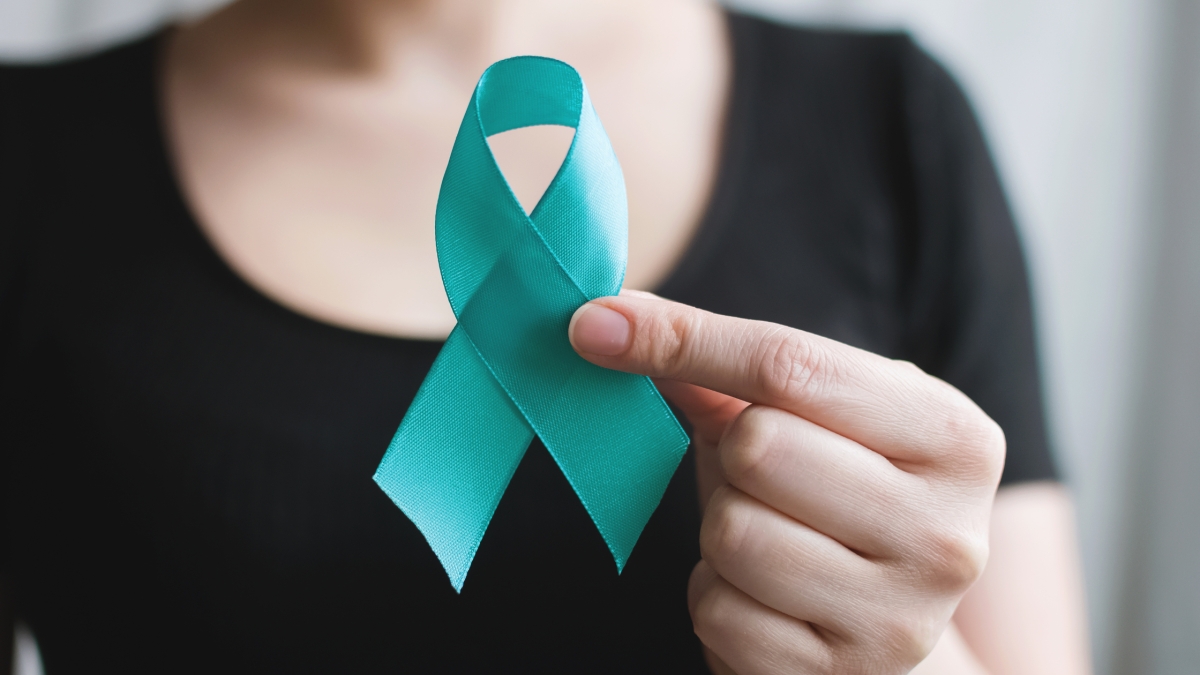Debunking Rape Myths: Challenging Misconceptions About Sexual Assault

Sexual assault is a pervasive issue that affects millions of individuals worldwide, regardless of age, gender, or socioeconomic status. However, despite increased awareness and advocacy efforts, numerous myths and misconceptions about sexual violence persist in society. These myths not only perpetuate harmful stereotypes but also undermine efforts to support survivors and prevent future incidents. In this blog, we will explore some common rape myths and provide evidence-based facts to debunk them.
Myth 1: “Sexual assault only happens to women.”
One of the most prevalent misconceptions about sexual violence is that it only affects women. While it is true that women are disproportionately affected by sexual assault, individuals of all genders can be survivors. Men and non-binary individuals also experience sexual violence. In fact, nearly a quarter (24.8%) of men in the U.S. experienced some form of contact sexual violence in their lifetime, and almost half of all transgender people have been sexually assaulted at some point in their lives. Breaking free from this myth is crucial for creating inclusive support systems and ensuring that all survivors receive the assistance they need.
Fact: Sexual assault can happen to anyone, regardless of gender identity.
Myth 2: “Survivors of sexual assault are always physically injured.”
Another common misconception is that survivors of sexual assault always sustain visible physical injuries. In reality, many survivors may not have any visible signs of injury, but they can still experience significant trauma and emotional distress. This myth often leads to victim-blaming attitudes, where individuals question the validity of a survivor’s experience based on the absence of physical evidence.
Fact: Not all survivors of sexual assault sustain visible physical injuries, but they may still experience emotional and psychological trauma.
Myth 3: “Sexual assault only occurs between strangers in dark alleys.”
Many people believe that sexual assault only happens in isolated places, perpetrated by strangers. However, research suggests that the majority of sexual assaults are committed by someone known to the survivor, such as a friend, acquaintance, or intimate partner. This myth can prevent survivors from recognizing abusive behaviors in their relationships and seeking help.
Fact: Most sexual assaults are committed by someone known to the survivor, including friends, acquaintances, and intimate partners.
Myth 4: “Survivors provoke sexual assault by dressing provocatively or behaving in a certain way.”
Victim-blaming attitudes often suggest that survivors are somehow responsible for their assault based on their clothing or behavior. This myth not only shifts the blame from the perpetrator to the survivor but also perpetuates the idea that sexual assault is about desire or attraction rather than power and control.
Fact: No one asks or deserves to be sexually assaulted, regardless of how they dress or behave.
Myth 5: “False reports of sexual assault are common.”
There is a widespread belief that false reports of sexual assault are rampant, leading to skepticism and disbelief when survivors come forward. However, research indicates that false reports of sexual assault are relatively rare, with rates comparable to other crimes. The fear of not being believed often deters survivors from reporting their experiences, further perpetuating this myth.
Fact: False reports of sexual assault are rare, and the majority of survivors are truthful when disclosing their experiences.
Challenging these myths is essential for creating a supportive environment for survivors and promoting a culture of consent and respect. By understanding the facts about sexual assault and dispelling misconceptions, we can work towards creating safer communities where survivors are believed, supported, and empowered to seek justice and healing.


